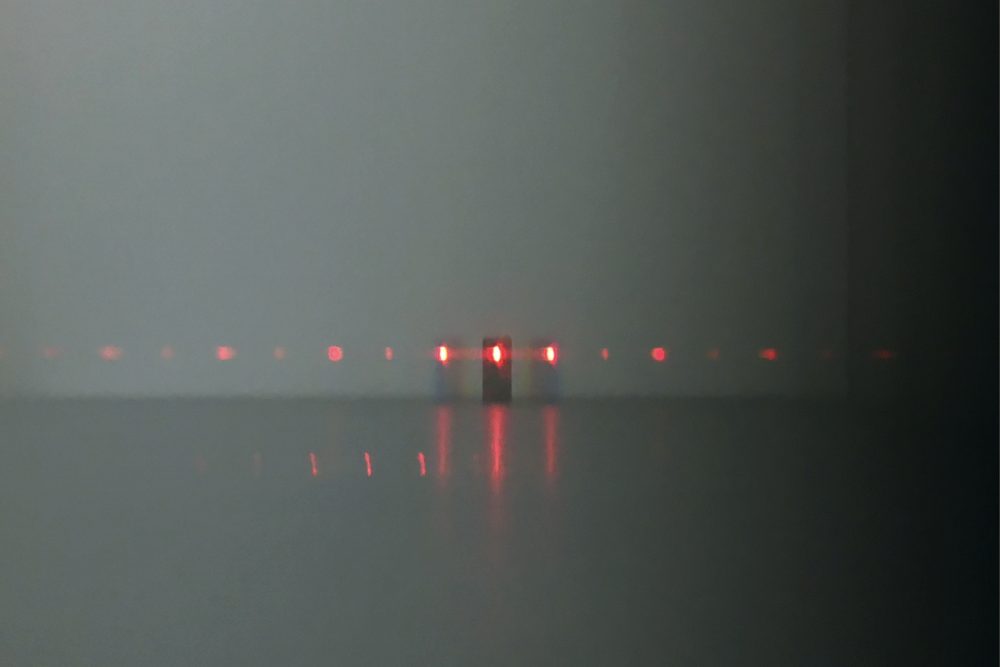

Now, you switch on the flashlight of your mobile phone, and the flashlight emitting at the opened end of the tunnel spreads around. Let’s suppose that you are stuck in a tunnel and there is no one around to help you come out of it, so you try to call people moving around the tunnel but they can’t hear you. In a loudspeaker, you speak through a small hole, but the voice coming out spreads around the vicinity and that too modulated, i.e., the diffraction of sound. The diffraction of light is similar to the concept of using a loudspeaker. Here, we have discussed the types of diffraction like diffraction grating, Bragg diffraction, double slit diffraction, and electron diffraction. In this chapter a proof is given for several cases of practical interest.Ĭopyright © This item is in the public domain.Diffraction Meaning: It is the process by which a stream of light or wave is spread out as a result of passing via a narrow area or across an edge, generally accompanied by interference between the waveform produced.Ĭonsider a train crossing the tunnel, inside the tunnel the rays of the headlight will remain converged however, as the train comes out of the tunnel, the same light spreads around the area. However, no general proof of this theorem has been found so far. Gabor (1956) postulated a so-called "expansion theorem" relating to the degree of freedom and this theorem is of basic importance in connection with questions of transfer of information by light beams. The classical results of Maggi and Rubinowicz then follow as special cases from this new representation of the diffracted field.Ĭhapter III is concerned with the degree of freedom of a wave which originates in an extended source and which is diffracted by an aperture in an opaque screen. It is further shown that in certain cases the total effect of these singularities is precisely the same as the effect of the geometrical wave.

In Chapter II, the results are applied to Kirchhoff diffraction at an aperture in an opaque screen and it is shown that the diffracted field U k(p) may in general be expressed as the sum of two waves one is a boundary wave and the other is the sum of contributions from those singularities of the vector potential W(Q,P) which are situated inside the aperture. Exact closed expression for the potential W associated with any field is found. From this result, it follows that the field at P may under very general condition be expressed in the sum of contributions from certain special points Q j on S, these special points being the singularities of W on S. In Chapter I, it is shown that the integrand of the Helmholtz-Kirchhoff integral which expresses the solution U(p) of the wave equation at a point P inside a volume bounded by a closed surface S may be expressed in a new form, with the help of a certain vector potential W(Q,P). The main part of this investigation is concerned with generalization of the Maggi-Rubinowicz results to the case where the field incident upon the diffracting aperture is of any prescribed form. This result embodies the essential ideas of Thomas Young, who attempted to interpret difraction in similar way (1802).

In well known investigations, Maggi (1888) and Rubinowicz (1917, 1924, 1953) have shown that within the accuracy of Kirchhoff's diffraction theory, the difraction of a spherical or a plane wave at an aperture may be interpreted as interference between two waves namely, a wave propagated in accordance with the laws of geometrical optics (geometrical wave) and a wave propagated from each point of the boundary of the aperture (boundary wave). College of Engineering and Applied Science. A general theory of the boundary diffraction wave and related investigationsĨ38388 miyamoto.pdf 24.09 MB (No.


 0 kommentar(er)
0 kommentar(er)
